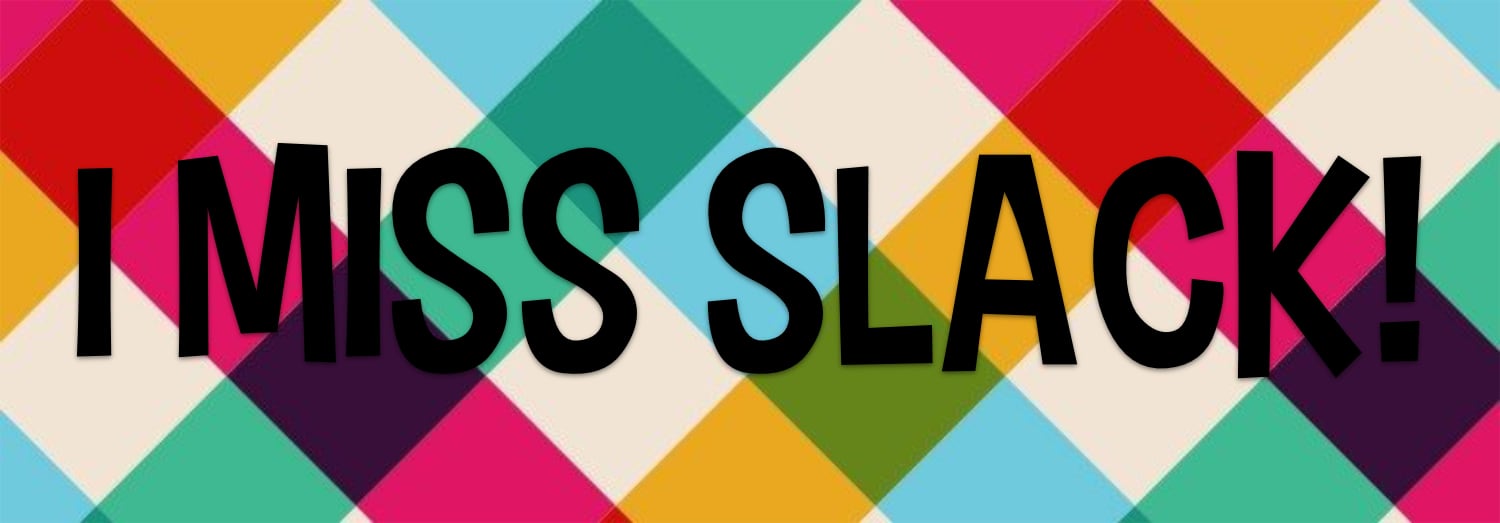I Miss Slack
Microsoft Teams seems Basic

As technology evolves, so does the way we communicate in the workplace. With the rise of remote work and distributed teams, having effective communication tools is more important than ever. Microsoft Teams and Slack are two prominent platforms in this arena, each with its own set of features and functionalities. But what happens when you're accustomed to one and then find yourself using the other?
Recently, I started a new job where the company uses Microsoft Teams for their chat and communication services. Having been an avid Slack user for about five years prior, I couldn't help but notice some differences and, dare I say, missed features that I had grown accustomed to.
Four Things I Missed in Slack
Let's take a closer look at what I found myself missing from Slack while using Microsoft Teams:
- Conversation Threads: One feature that I sorely missed from Slack was conversation threads. In Slack, threads are a convenient way to keep the main chat channels clutter-free while allowing discussions to branch off naturally. It's easy to follow conversations and maintain context, something I found lacking in Microsoft Teams.
- Custom Emoji: Expressing oneself in chat goes beyond mere text. Custom emoji in Slack allowed for personalization and added a touch of fun to conversations. While Microsoft Teams offers a range of emojis, the ability to create and use custom ones was sorely missed.
- Collapse Preview: Image previews in chat can sometimes be distracting, especially in a busy channel. Slack's ability to collapse image previews provided a neat solution to this problem, allowing users to focus on the conversation without unnecessary distractions.
- Reminders: Setting up personal and group reminders was another feature I found myself missing in Microsoft Teams. Whether it's reminding myself of a task or notifying the team about an upcoming event, Slack's reminder feature was a handy tool for staying organized and on top of things.
In Summary
While Microsoft Teams certainly has its own strengths and advantages, the transition from Slack wasn't without its challenges. However, it's worth noting that both platforms have been continuously evolving, with Microsoft Teams gradually introducing new features and improvements to bridge the gap between the two.
In conclusion, the choice between Microsoft Teams and Slack ultimately boils down to personal preference and the specific needs of your team or organization. While I may reminisce about the "good old days" of using Slack, I've come to appreciate the capabilities of Microsoft Teams and its role in facilitating effective communication and collaboration within the workplace.
